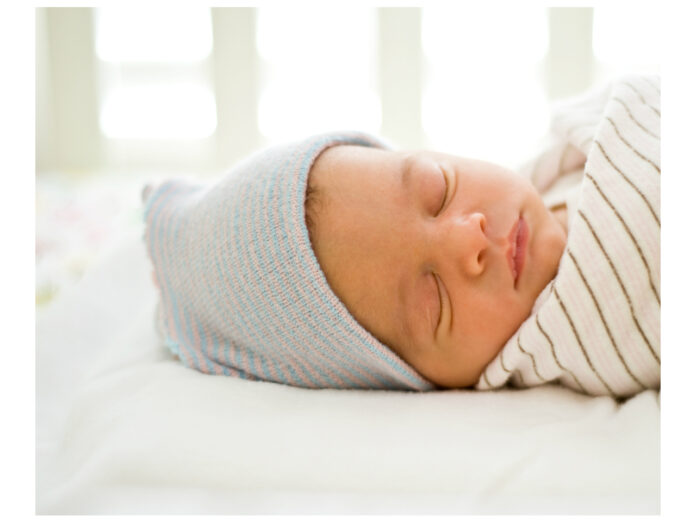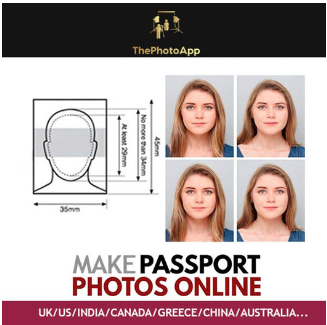Safe sleep guidelines may be complicated (particularly once you’re exhausted). Check this record to make positive you are avoiding these common baby sleep mistakes.
Newborn sleep: It’s one of many three most important issues you consider when you could have a baby. (There’s sleep, there’s feedings, and there’s fundamental hygiene, as in, “How many days in the past did I bathe? Can I put on a sweatshirt with crusted spit-up on it to the paediatrician’s workplace? Answer: Yes.)
As you’re attending to know your new child’s sleep wants and ever-changing patterns and rhythms—and adjusting to the new-parent sleep deprivation—you would possibly really feel overwhelmed by all of the competing baby sleep philosophies in books and on blogs, the infinite dos and don’ts, contradictory guidelines and scary security warnings. Meanwhile, you’re nonetheless questioning how on earth to get your cute little creature to sleep via the night time. There are some ways to do it—it’s as much as you to determine what works—however there are some issues it is best to keep away from altogether. Here are seven common baby sleep mistakes you might be making.
1. Don’t assume the mellow, sleepy new child part will final perpetually.
We hate to interrupt it to you, however your dozy, peaceable toddler who merely falls asleep, milk-drunk, after a feeding might not at all times be this manner. The first few weeks (and even months) are usually not at all times indicative of the form of sleeper you occurred to attain within the new child sleep lottery. Some infants randomly sleep via the night time early on (congratulations!) but it surely doesn’t imply it will proceed indefinitely. Have you weathered the four-month sleep regression but? Yeah, you would possibly need to learn up on that. (Sorry.) And despite the fact that nursing to sleep or rocking to sleep earlier than naps and bedtime is likely to be working for you now, know that typically IT JUST STOPS WORKING. If you’re one of many fortunate parents with a “unicorn baby” (this implies your baby is sleeping nicely with out a lot effort in your half), strive to not gloat. It doesn’t essentially imply that you just’re doing it proper, whereas that different mother with the colicky, sleepless baby hasn’t figured it out. Believe us, she’s making an attempt.
2. Sleeping on the sofa with a new child in your arms is basically harmful.
We get it, falling asleep on the couch with an toddler curled up in your chest is without doubt one of the finest emotions on the earth. Many an exhausted new mother has nodded off for a bit whereas her sleeping baby is sprawled throughout her lap or nestled up all heat and comfortable on a breastfeeding pillow. But based on the American Academy of Pediatrics (AAP), this type of co-sleeping—on a sofa or armchair—is a critical new child sleep mistake. It’s far more harmful than co-sleeping in a mattress, as a result of danger of dropping or smothering the baby. If you’re going to nap or sleep together with your toddler—medical doctors say to not, however they know many parents do it—go for bed-sharing (and do it as safely as doable, with no blankets or pillows within the mattress).
3. Don’t let your new child sleep within the automotive seat.
This is a contentious one, as a result of we’ve all been there: Your baby conks out within the automotive seat whilst you’re driving house or working errands, and the great thing about the bucket seat is that you could pop it out and switch your sleeping toddler inside for the rest of her nap. But based on the AAP, permitting an toddler to sleep in a bucket automotive seat that’s been positioned on the ground or clicked right into a stroller is a security hazard, because the baby’s head can fall ahead and trigger one thing referred to as positional asphyxiation. Due to the angle of the seat design, it’s a lot safer to let your new child nap within the automotive seat whereas it’s connected to the bottom and put in within the automotive. Letting your baby sleep in a automotive seat in a single day once you’re not awake sufficient to examine on her is a critical baby sleep mistake. In truth, specialists really advocate limiting the time your baby spends in a automotive seat, bouncer or swing to half-hour, principally for developmental causes (it restricts movement) and the danger of creating positional plagiocephaly (aka flattened head syndrome). However, we’d prefer to acknowledge that this 30-minute most is downright unattainable on street journeys, for parents who’ve lengthy work or daycare commutes, or when the swing is really the one place you will get your toddler to nap. We’d like to see extra analysis on this suggestion.
4. Don’t purchase these cute crib bumper units you see on Instagram.
This one’s fairly simple to comply with: Don’t use crib bumpers. They’ve really been banned within the US, after years of medical doctors lobbying in opposition to them. Yes, some infants flail round loads of their sleep, particularly once they’re on the verge of studying to roll, crawl or stroll. But they’re unlikely to significantly injure themselves by bumping their heads on a crib rail. While these “breathable” mesh bumpers do an excellent job of preserving soothers (and little arms and toes) from poking out of the crib slats, they’re additionally not really helpful as a result of danger of entanglement and strangulation. (Also, phrase to the sensible: older, extra cell infants can stand on bumpers and use them as a step once they’re making an attempt to monkey their approach of the crib.) And whereas we’re at it, you shouldn’t use a DockATot or “infant lounger” for unsupervised sleep inside (or outdoors) the crib, both. They’re technically now not accessible in Canada, however related merchandise are nonetheless available on the market.
5. Don’t delay sleep coaching as a result of the baby is teething.
Newsflash: Your baby is at all times teething. Or sick with a chilly. Or coming down with one thing. Or recovering from one thing. Or over-tired. Or affected by Unexplained Fussy Baby Syndrome. (OK, we made that one up. But it’s kinda true.) If you propose to sleep prepare, it’s necessary to know that it might by no means really feel like the proper time. Experts say it’s best to sleep prepare a baby between the ages of six and 12 months, however use your judgment and hearken to your intestine. If you’re not absolutely dedicated to sleep coaching earlier than you begin, you gained’t follow it.
6. Don’t room-share past six months if it’s not working for you.
This is a difficult one. Experts have gone backwards and forwards about how lengthy a baby ought to share a bed room with their parents. Most just lately, in the summertime of 2022, the AAP really helpful room-sharing for not less than six months, however ideally a full yr.
But let’s be actual: Many parents’ bedrooms solely match a bassinet (not a full crib), and most infants outgrow the bassinet (or begin rolling or pulling up on the edges) by month 4, 5 – 6. Some infants will get up within the night time extra ceaselessly in the event that they hear or odor their parents close by and can sleep extra soundly in their very own room. It’s additionally fairly arduous to show unbiased sleep or do the cry-it-out methodology of sleep coaching in case your baby is true subsequent to you.
And let’s not low cost mother and pa’s sleep. Many parents say they don’t sleep as nicely when their baby is of their room, as a result of they get up with each little grunt, snore or fart the baby makes.
If room-sharing is working for you, nice—however don’t really feel pressured into it past six months.
7. Don’t let a high-tech baby monitor make you are feeling over-confident (or overly anxious).
Baby displays are tremendous helpful, however they’re no substitute for avoiding baby sleep mistakes. If you hear your baby stirring, a fast peek at a video monitor can inform you if it’s a full-fledged wakeup, or simply some nothing-to-see-here squirming. Sometimes you will get again to your Netflix with out opening the nursery door, or rapidly pop a paci again in earlier than the state of affairs escalates. But some parents are taking the high-tech baby monitor pattern to the acute, shopping for wearable vital-sign units that measure an toddler’s coronary heart price and oxygen saturation ranges. The AAP advises in opposition to utilizing these sorts of cardiorespiratory displays, in addition to the sensors that go below the baby’s mattress, as a result of they’ll trigger false alarms, which make parents anxious and result in pointless ER visits and checks. They may also make parents much less focussed on protected sleep practices as a result of they consider the system will alert them to any and all issues. You nonetheless must comply with protected sleep tips: at all times put your baby into the crib on their again (not their aspect or her tummy); hold blankets and pillows out of the crib; and cease swaddling as soon as your baby has realized methods to roll.
This article was initially printed in January 2017 and has since been up to date.



